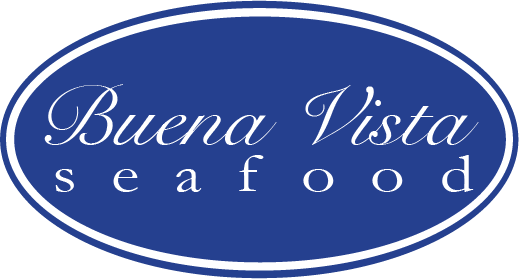New Zealand King Crab
Lithodes murrayi
Wild Legend — New Zealand King Crab
King crabs (family Lithodidae) are large, cold-water crustaceans prized for their sweet, succulent meat. While king crabs are most famously harvested in the Northern Hemisphere (notably Alaska and Russia), New Zealand has its own populations, primarily of the species Lithodes murrayi and Paralomis zealandica. These species are found in deep waters off New Zealand’s southern coast and are harvested in limited commercial operations.
New Zealand’s king crab fishery is a developing sector with significant potential. Its future hinges on sustainable practices, robust scientific research, and careful market development. While small in scale, the fishery aligns with New Zealand’s broader commitment to responsible ocean stewardship and premium seafood exports.
Overview of the Fishery History
The king crab fishery in New Zealand is relatively recent and small in scale. Initial exploration of deep-sea crustaceans began in the 1980s and 1990s, primarily through research initiatives and exploratory fishing. Due to the challenging conditions of deep-sea fishing and the relatively low density of king crabs in these waters, commercial exploitation has been limited. However, interest in high-value export markets, particularly Asia and North America, has encouraged ongoing experimental fisheries.
Catch Method
King crabs in New Zealand are caught using deep-sea pots or traps, typically deployed at depths ranging from 400 to 1000 meters. These traps are baited and lowered to the seabed and left there from several hours to overnight. This method is relatively selective and causes minimal bycatch compared to other fishing techniques like trawling.
Quotas and Management
New Zealand manages its fisheries under the Quota Management System (QMS), one of the most comprehensive fisheries management regimes globally. King crab species are not yet widely included in the QMS due to the limited scale of the fishery and ongoing research needs.
Key management practices include:
Scientific surveys to assess stock size and sustainability.
Gear restrictions to reduce bycatch and habitat damage.
Logbook and observer requirements for data collection.
Sustainability
New Zealand’s fisheries management emphasizes sustainability. For king crab, current efforts focus on:
Precautionary Approach: Only small-scale, trial fisheries are allowed under strict scientific oversight.
Environmental Impact Monitoring: Fishing impacts on deep-sea ecosystems are carefully assessed.
International Collaboration: New Zealand participates in regional and global forums on deep-sea fishing and conservation.
Harvest Season
There is no formally established harvest season for New Zealand king crab due to the experimental nature of the fishery.
Tasting Notes / Culinary Reputation
New Zealand king crab is praised for its sweet, firm meat, comparable in flavor to its Northern counterparts. The meat is delicate, slightly briny, and has a rich texture, making it ideal for high-end culinary preparations. While not as widely available as Alaskan crab, New Zealand king crab is gaining a niche reputation among chefs in Asia-Pacific fine dining circles for its exclusivity and quality.
Chefs describe it as:
Sweet and Buttery: A standout quality that pairs well with minimal seasoning. Clean and Oceanic: Reflecting the cold, pristine waters of the Southern Ocean.
Versatile: Suitable for steaming, grilling, or serving cold in salads and seafood towers.
New Zealand King Crab - it’s a thing - just not here….. Yet!
Downloadable Information Sheet



